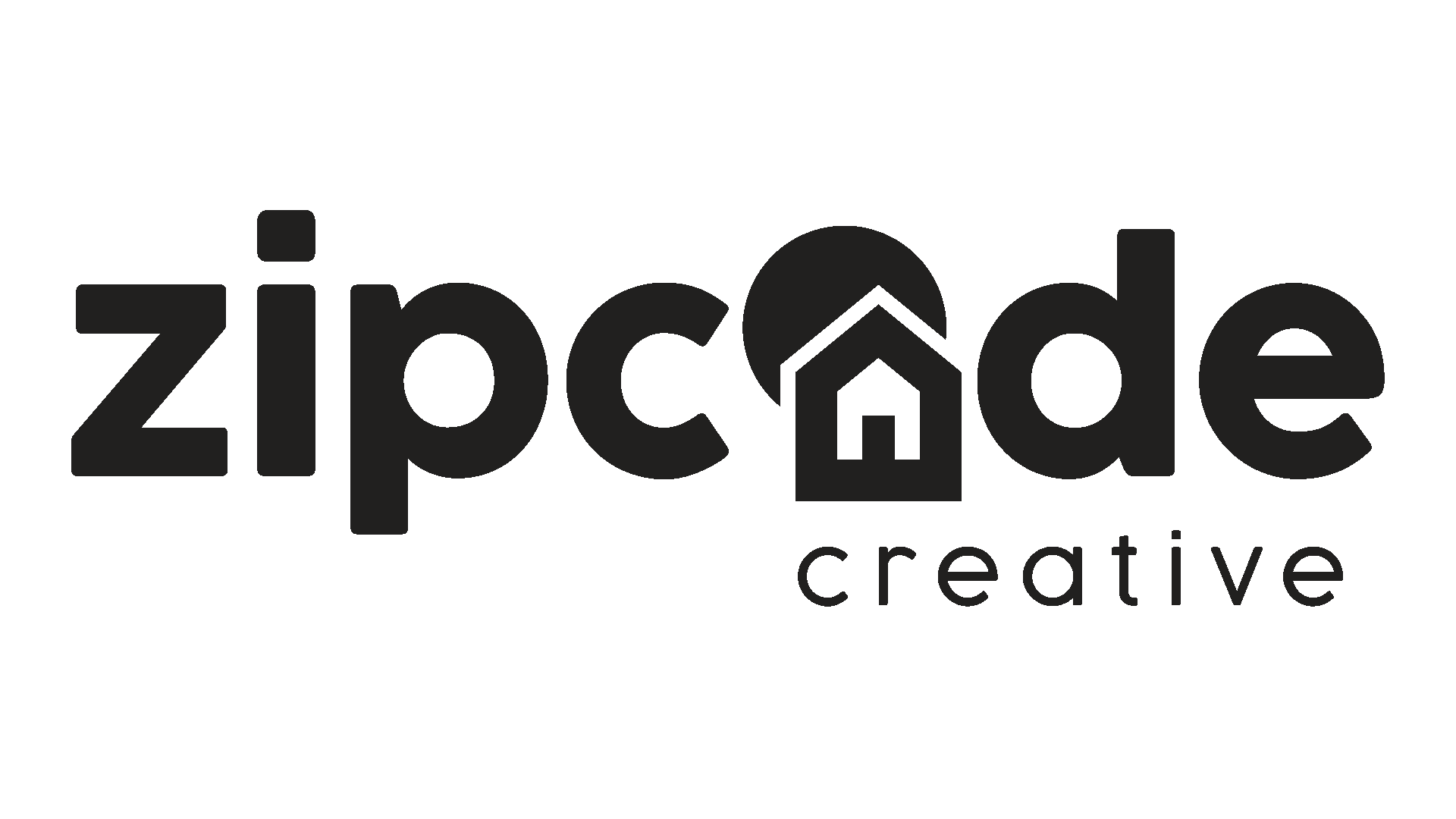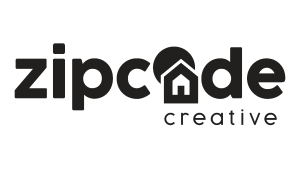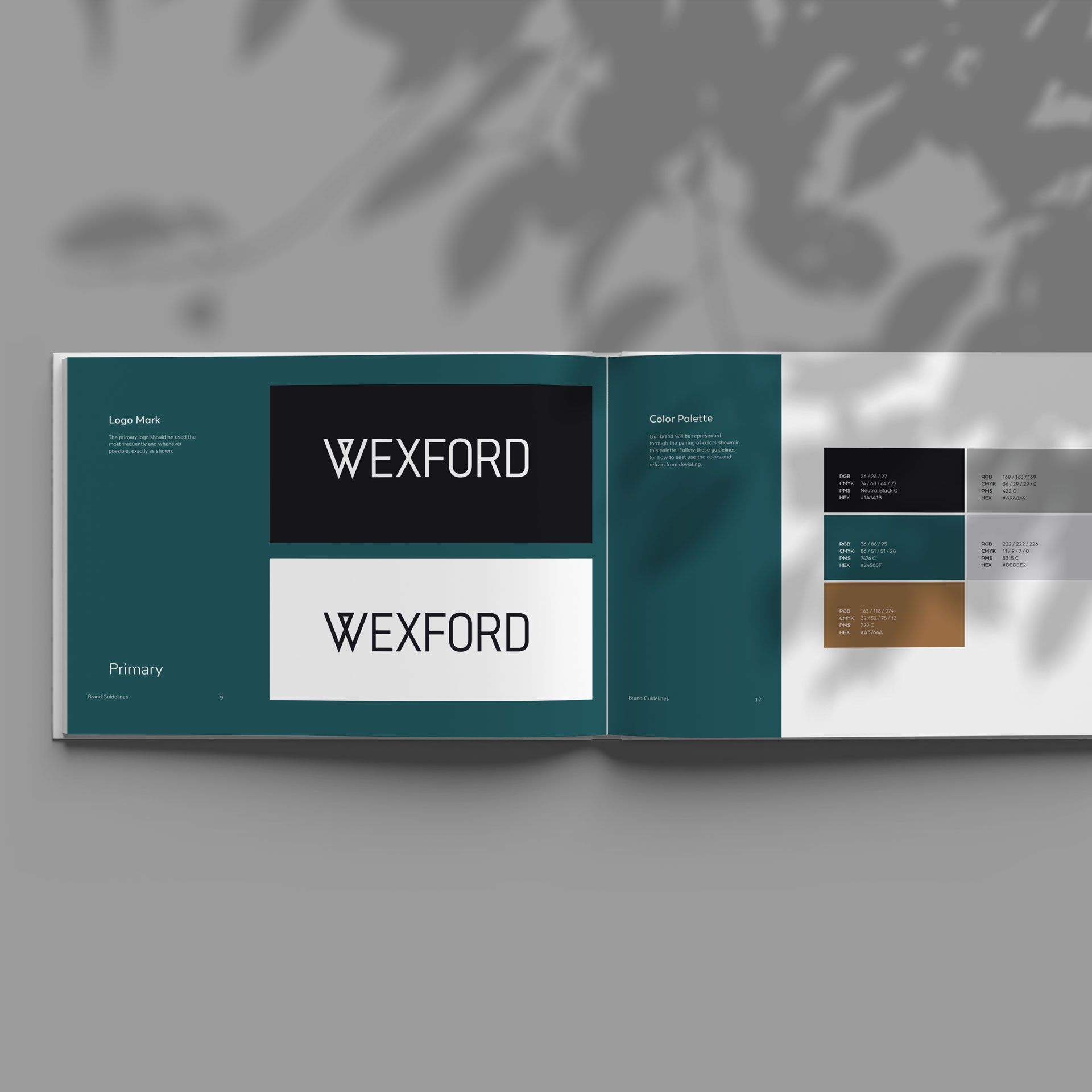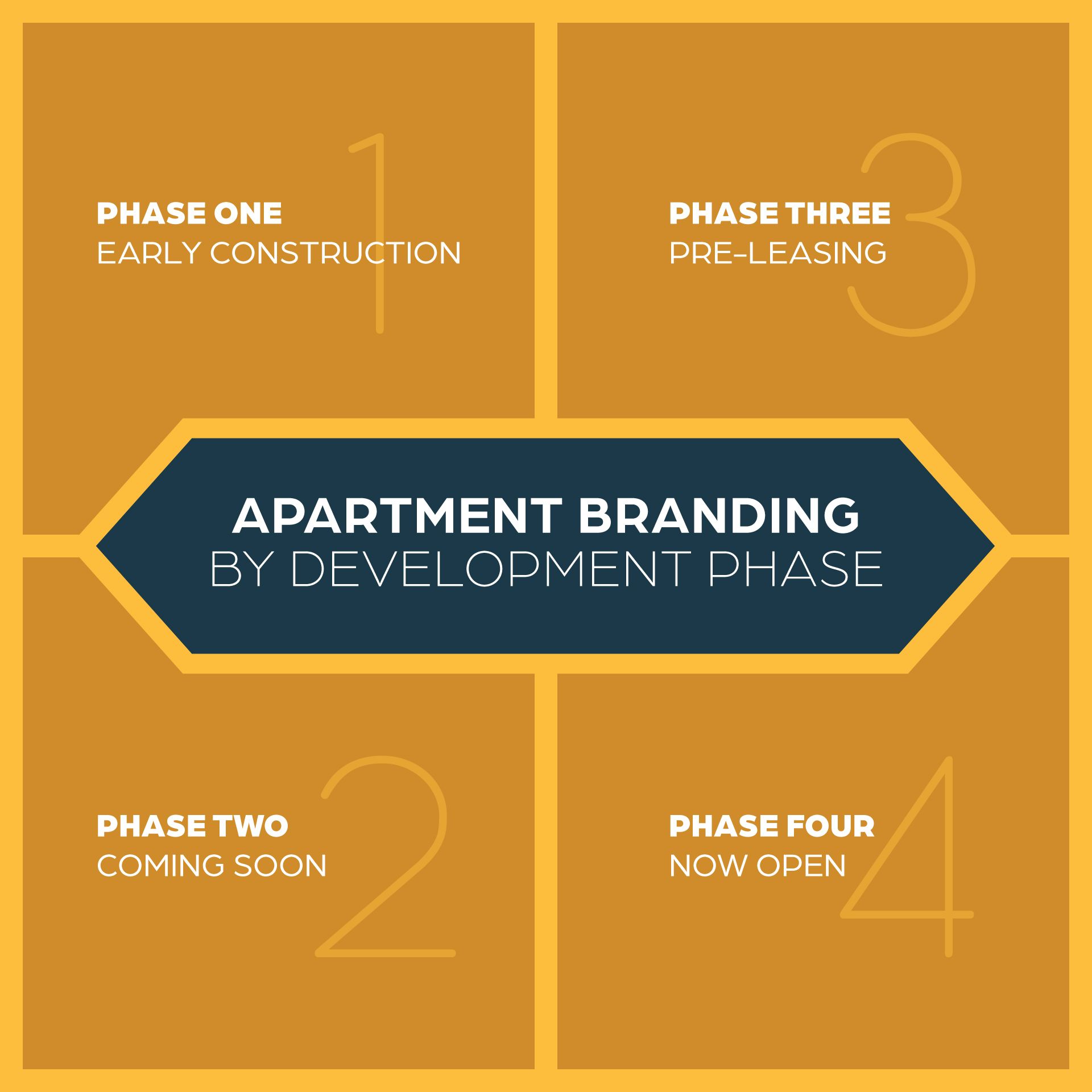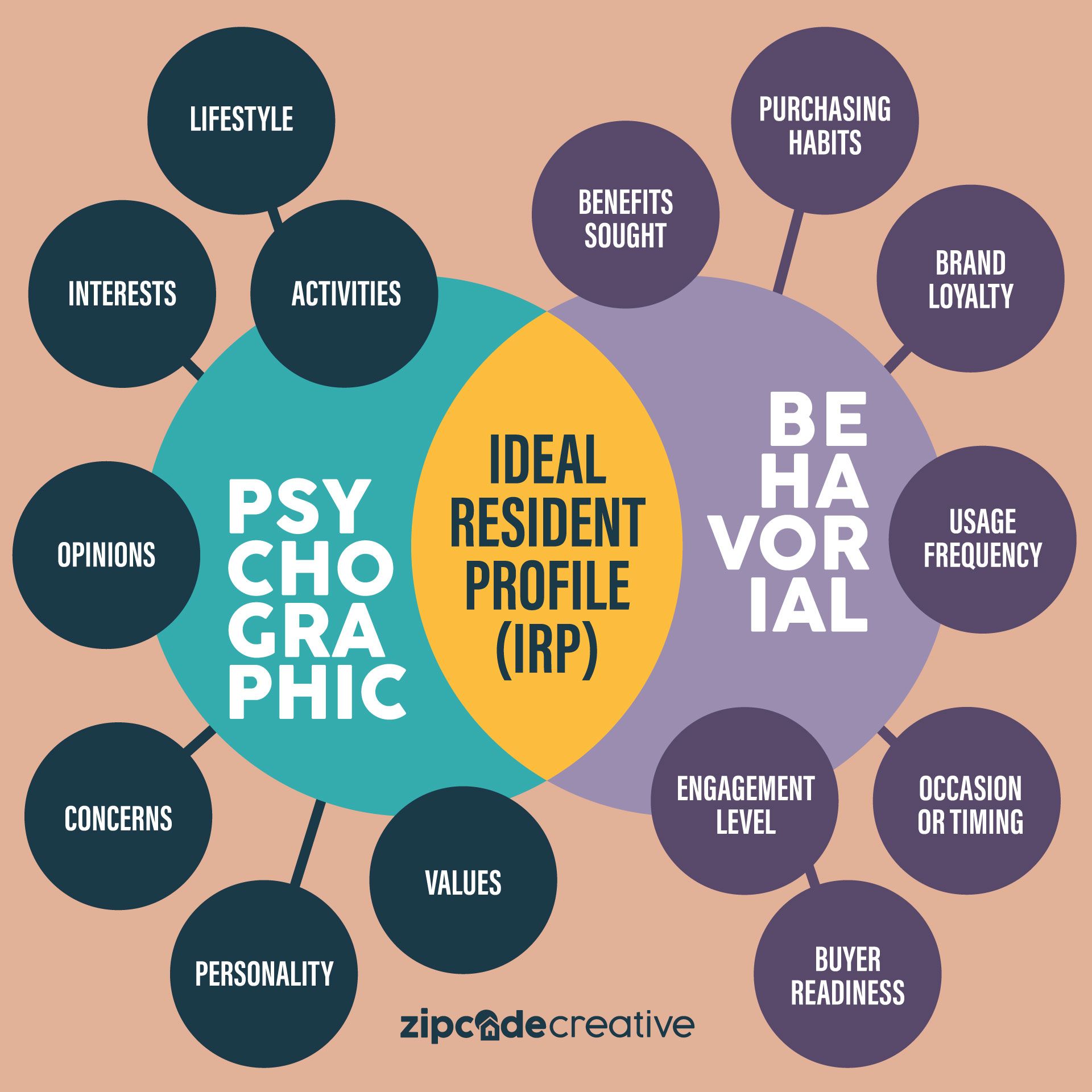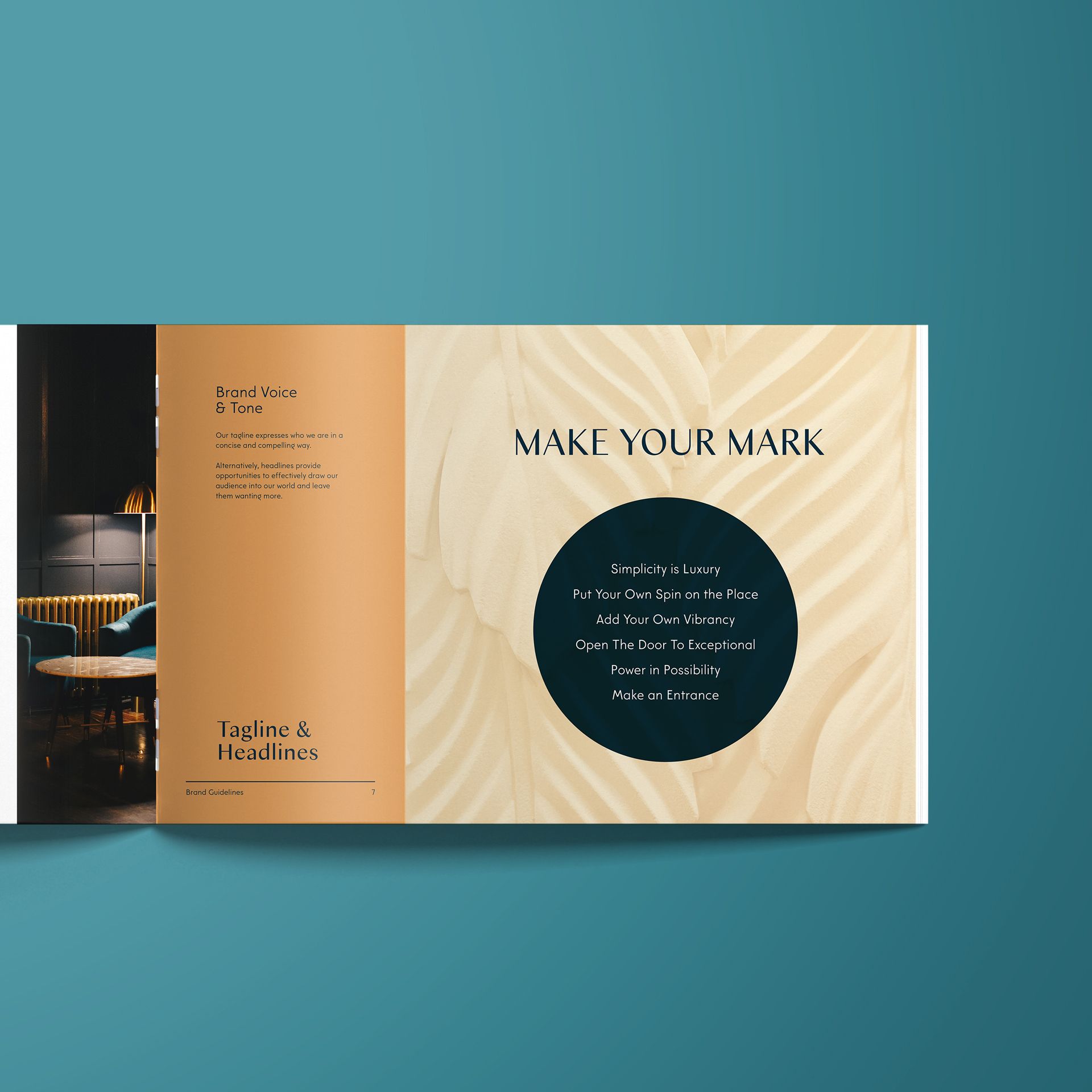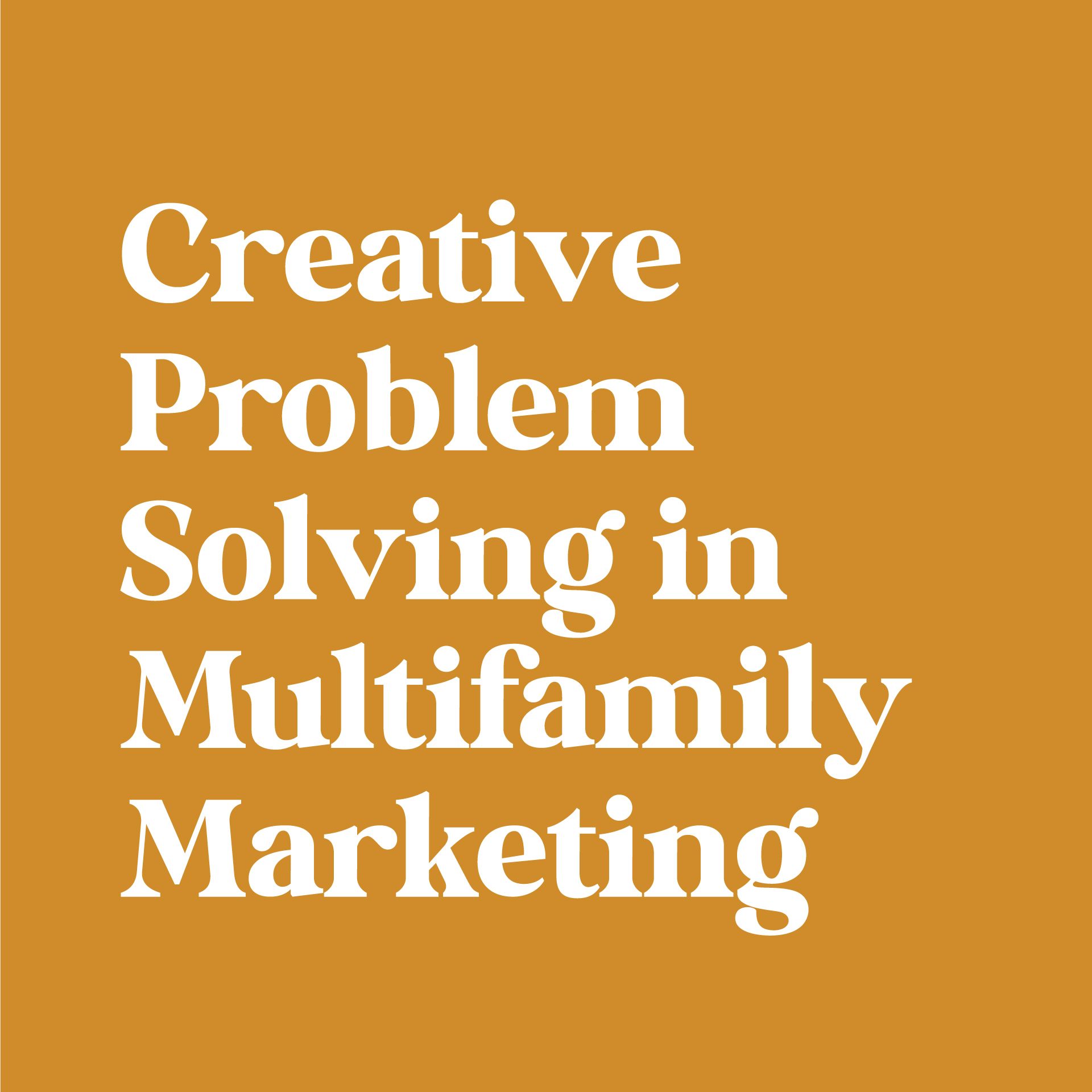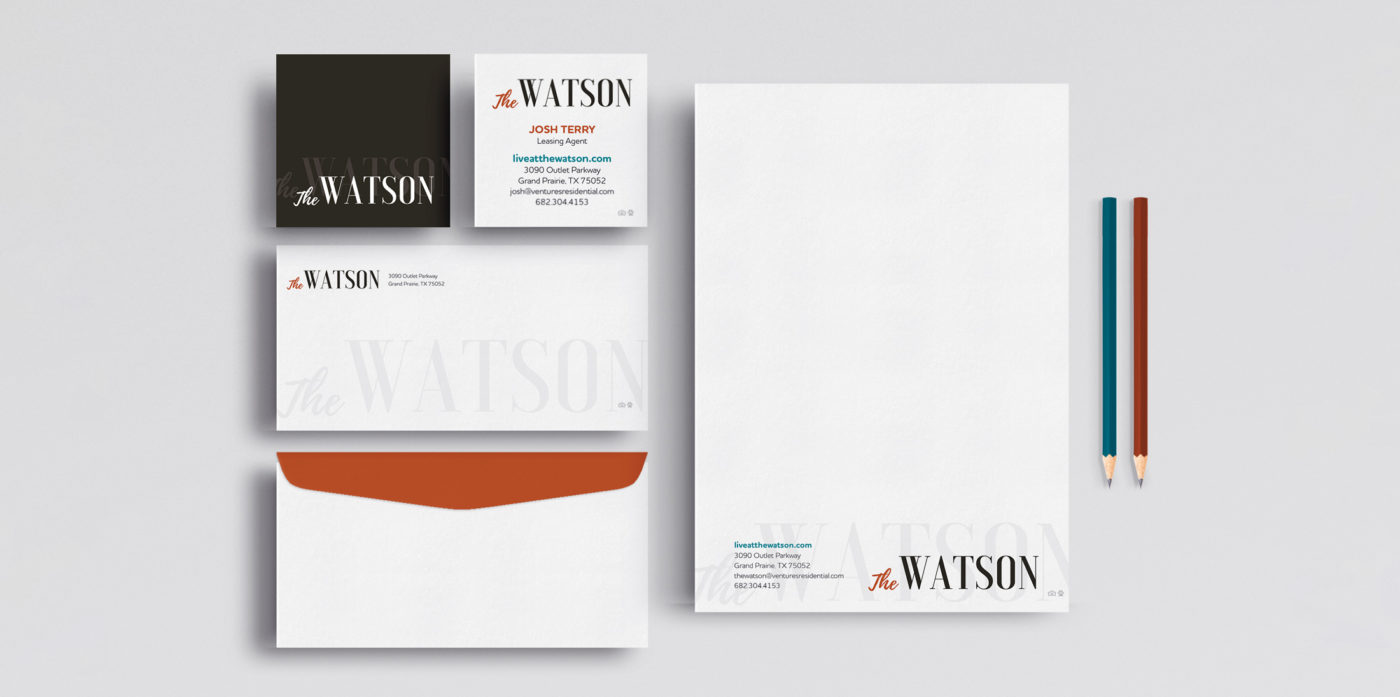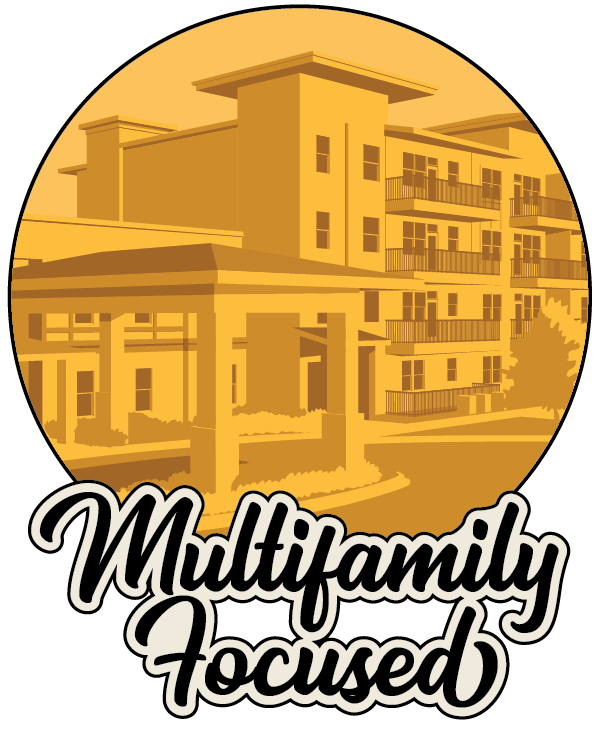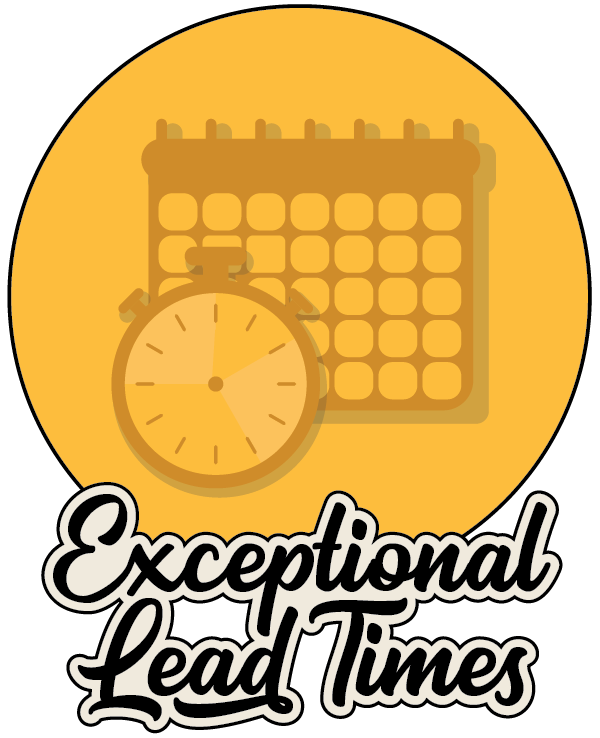Creating an Apartment Brand: The Secret Sauce
Look under the hood, pull back the curtain, call it what you want…we all want to know what’s behind the scenes of creating an apartment brand. Creating something that’s beautiful, memorable, and effective.
Let’s go step by step.
Brand Questionnaire
We’re asking the questions here. And the answers you provide in the zipcode creative brand questionnaire will help us catch the vision for your community’s brand or rebrand. Boxes for you to fill in with logo inspiration, color likes/dislikes, location of your community, and resident demographics give us the insight needed to work with you in achieving something spectacular.
Next up:
Client Creative Call
During a call with zipcode, you can expect to discuss your vision along with your “dos and don’ts” in regard to your ownership’s preferences—this last one is particularly important when rebranding your community. Sometimes a few things are rolled over for a brand identity, and it’s always better for us to know those specific requests up front.
In our conversation, we’ll get to know you a little more, and we’ll open it up to any questions you have about the process or about our thoughts. We’ll verbally summarize what we’ve heard, and what we’re going to do next. (We’ll be hitting the books.)
Research and Discovery
In the research and discovery phase, we get into the thick of it, and make sure you know who you want to reach, and which options would work best for your brand.
WHAT WE RESEARCH
Identify your ideal resident profile, and plan to market the heck out of it. Using geographic, demographic, psychographic, and behavioral patterns helps paint the picture of who we’re talking to. In addition to “audience” we also look closely at the community offerings in your area—we’re talking hotspots, attractions, and history. This all plays into the larger brand idea, too.
And let’s not forget competitors—knowing what you’re up against gives you the ability to meet what they offer, and then go a little further and set yourself apart in one way or another.
DIGGING DEEPER
When we dive into discovery, and start seeing the options, it helps narrow things down. Sometimes you have to chip away at something until the final idea is revealed. And then, the fine-tuning can begin.
Architecture – We love any architectural theme and style that can give us a hint of what’s to come. Branding that’s inspired by the physical building brings it all together, as though it was always meant to be.
Moodboards – If we can use the renderings and moodboards from the interior designer, fantastic. Beyond that, we’ll also create our own mood board to curate the look, feel, and, well, mood to fully capture your brand visually.
Parallel and Adjacent Industries – Looking at what others are doing is helpful. Do they have the same kind of ideal resident? How did they capture that resident with how their brand looks and feels? We also love to explore adjacent industries, like the hospitality industry—hotels make beautiful brands. The multifamily industry could learn a lot from exploring the depths hotels go to in creating an immersive brand experience.
Concept Time
Strike while the iron is hot, make hay while the sun shines, and design while creativity is flowing.
We always go to the drawing board when we’re in the flow, so we can work out concepts. Throw it all on the canvas and see what sticks. Sometimes you have to get through some less-than-good ideas to circle around and land on something great.
Brand Concept Presentation
WE MAKE THINGS PRETTY
We love this part. We take all of the pretty stuff we’ve made (in a beautiful slide deck) and present it. We include logo concepts, color palette concepts, and preliminary design elements, along with a hint of lifestyle stock curation.
VIBES FOR DIRECTION
After we show the pieces, we sit back and allow the vibes and visuals to speak for themselves. Nothing new-agey here, we just think it’s great for our clients to be able to marinate in the concepts and then converse with their own team after our meeting. That way, when they come back with feedback, they have a clear picture on the direction that feels right for their brand. It’s always fun to hear what clients have landed on!
Final Brand Style Development
Last step: When clients come back and tell us the way they want to go, we put the car in drive. We take the agreed-upon direction, and we expand on it to source the full library of corresponding lifestyle stock imagery, bringing the patterns, shapes, textures, stamps, graphics, and logo variations to life. We take it all, package it up, and create a full brand style guideline. Check these brand style guidelines we’ve recently created.
